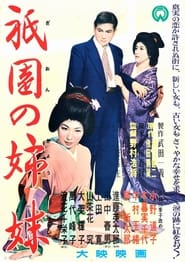detail profile mineko yorozuyo

Mineko Yorozuyo
Minako Bandai
atau dikenal sebagai
Riwayat Hidup
After graduating from Fukuoka Prefectural Fukuoka High School, he joined the Takarazuka Girls Opera Company (now Takarazuka Revue).
After leaving Takarazuka Revue, he played a supporting role mainly in movies , stages and TV dramas .
Received the 9th Arts Festival Award Encouragement Award.
Info Pribadi
Peran Yang Di Mainkan Mineko Yorozuyo
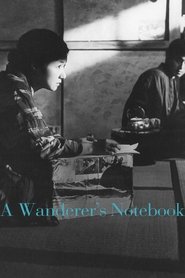 Considered one of the finest late...
Considered one of the finest late...A Wanderer's Notebook 1962
Considered one of the finest late Naruses and a model of film biography, A Wanderer’s Notebook features remarkable performances by Hideko Takamine – Phillip Lopate calls it “probably her greatest performance” – and Kinuyo Tanaka as mother and daughter living from hand to mouth in Twenties Tokyo. Based on the life and career of Fumiko Hayashi, the novelist whose work Naruse adapted to the screen several times, A Wanderer’s Notebook traces her bitter struggle for literary recognition in the first half of the twentieth century – her affairs with feckless men, the jobs she took to survive (peddler, waitress, bar maid), and her arduous, often humiliating attempts to get published in a male-dominated culture.
 Shortly after the Meiji Restoration young...
Shortly after the Meiji Restoration young...The Tragedy of a Young Warrior 1962
Shortly after the Meiji Restoration, young people devoted to the teachings of Saigo Takamori trained day and night at Seiyun Juku in Kagoshima, Kyushu. Shuntaro Amano (Yukio Hashi) entered the school after going through numerous trials and tribulations, and quickly became known for his outstanding talent. Some time after Shuntaro's admission to school, the daughter of director Shiho (Eriko Sanjo) returns from a trip to Tokyo. Shiho is attracted to the intelligent and caring Shuntaro, and soon they fall in love with each other. However, their feelings for each other are futile, and soon Shiho and Shuntaro find themselves in the vortex of time...
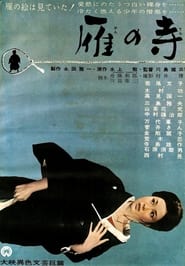 Satoko is a mistress by trade...
Satoko is a mistress by trade...The Temple of Wild Geese 1962
Satoko is a mistress by trade or fate: when her master, the silkscreen artist of the Kohoan Temple in Kyoto, dies, she is given to the temple's lascivious head priest Kikuchi. She is drawn to a melancholy young acolyte, Jinen, who has observed the profligacy of his cruel master and Satoko's utter dependence on the man. Jinen is both fascinated and disturbed by Satoko's interest in him; he is similarly caught between loathing of Kikuchi and of the dark circumstances of his birth and his own moral weakness. The story unfolds in a dreamlike manner—a flashback inspired by a now-infamous image on a silkscreen in the souvenir shop at the so-called Temple of the Wild Geese.
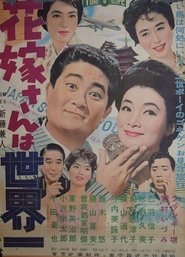 A young JapaneseAmerican comes from California...
A young JapaneseAmerican comes from California...Hanayome-san wa sekai-ichi 1959
A young Japanese-American comes from California looking for a bride, going on blind dates with three candidates from Osaka, Hiroshima and Nagoya.
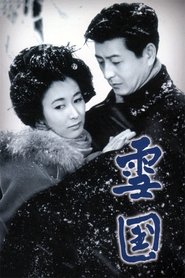 Its a mans world Shimamura an...
Its a mans world Shimamura an...Snow Country 1957
It's a man's world. Shimamura, an artist, comes to this snowbound town to rejuvenate himself. He connects with Komako, a geisha he met on a previous trip, and it seems like love. She's the foster daughter of a local family, almost engaged to the family's son Yukio, now dying of consumption. He's tended by his sister Yuko who's angry at Komako for abandoning her brother. Shimamura returns to Tokyo but promises he will be back soon. In anticipation of his return, Komako breaks with her patron and her family loses their home. Complications arise when Shimamura doesn't come back as promised. Then Komako discovers that he and Yuko knew each other in Tokyo. Can Komako escape destiny?
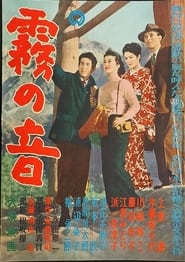 In the heart of the Japanese...
In the heart of the Japanese...Sound in the Mist 1956
In the heart of the Japanese Alps, in Kamikochi, Nagano Prefecture, botany professor Kazuhiko Onuma spends time with Tsuruko, his lover. One night, Kazuhiko's wife Kazuyo comes to see them and confronts the professor about his extramarital affair, and Tsuruko, an inevitable witness to the confrontation, leaves the professor the following morning. Over the next decade, whenever he visits the mountain cabin every autumn equinox, the memory of Tsuruko will forever haunt Kazuhiko...
 The story of a couple a...
The story of a couple a...Marital Relations 1955
The story of a couple, a spoiled son and a down-to-earth girl, in Osaka in the early Showa era. The film won the prestigious Blue Ribbon awards for best director, best actor (Morishige) and best actress (Awashima), and the Mainichi Concours award for best actor and best screenplay (Yasumi Toshio). It ranked second (after Naruse Mikio’s Ukigumo) on the Kinema Junpō top ten films for the year.
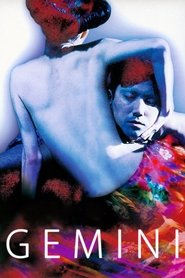 When his mothers untimely death quickly...
When his mothers untimely death quickly... Jack Elliot a onetime MVP for...
Jack Elliot a onetime MVP for...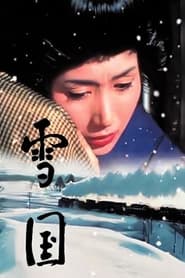 This movie is based on an...
This movie is based on an...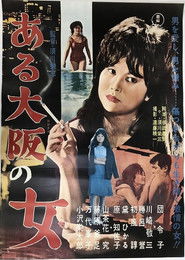 An ambitious young woman uses her...
An ambitious young woman uses her...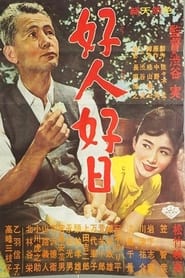 The university professor Ozeki Hitoshi Ryu...
The university professor Ozeki Hitoshi Ryu...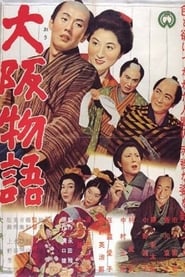 A poor peasant after years of...
A poor peasant after years of... Shozo is plagued by the needs...
Shozo is plagued by the needs... In Kyoto a young kimono maker...
In Kyoto a young kimono maker...